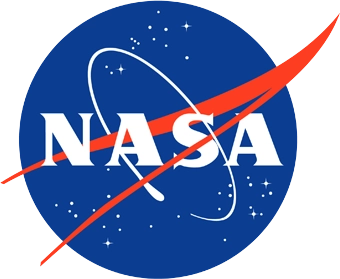Dr. Fair received a B.S. degree in Meteorology with a minor in Physics at North Carolina State University in 2015, followed by his M.S. (2018) and Ph.D. (2021) in Climate and Space Science and Engineering at the University of Michigan. His graduate research focused on ICESat-2 laser light penetration into supraglacial lakes and melting snow over the Greenland Ice Sheet. He was awarded the NASA Postdoctoral Program (NPP) fellowship in 2021, where he shifted his research focus to ICESat-2 snow depth retrievals in support of the SnowEx mission. Dr. Fair then joined the Earth Science System Interdisciplinary Center (ESSIC) at University of Maryland under a cooperative agreement with GSFC.
Dr. Fair is actively interested in collaborative opportunities that leverage his expertise in remote sensing, hydrologic and cryospheric science, and lidar applications. He welcomes discussions about both small-scale contributions to ongoing projects and more substantial research partnerships. Potential collaborators can reach him at zachary.fair@nasa.gov or zfair@umd.edu.
Research Interests: Lidar/radar altimetry, spectroscopy, data validation and harmonization, snow, open science tools and workflows, distributed satellite mission concepts.
